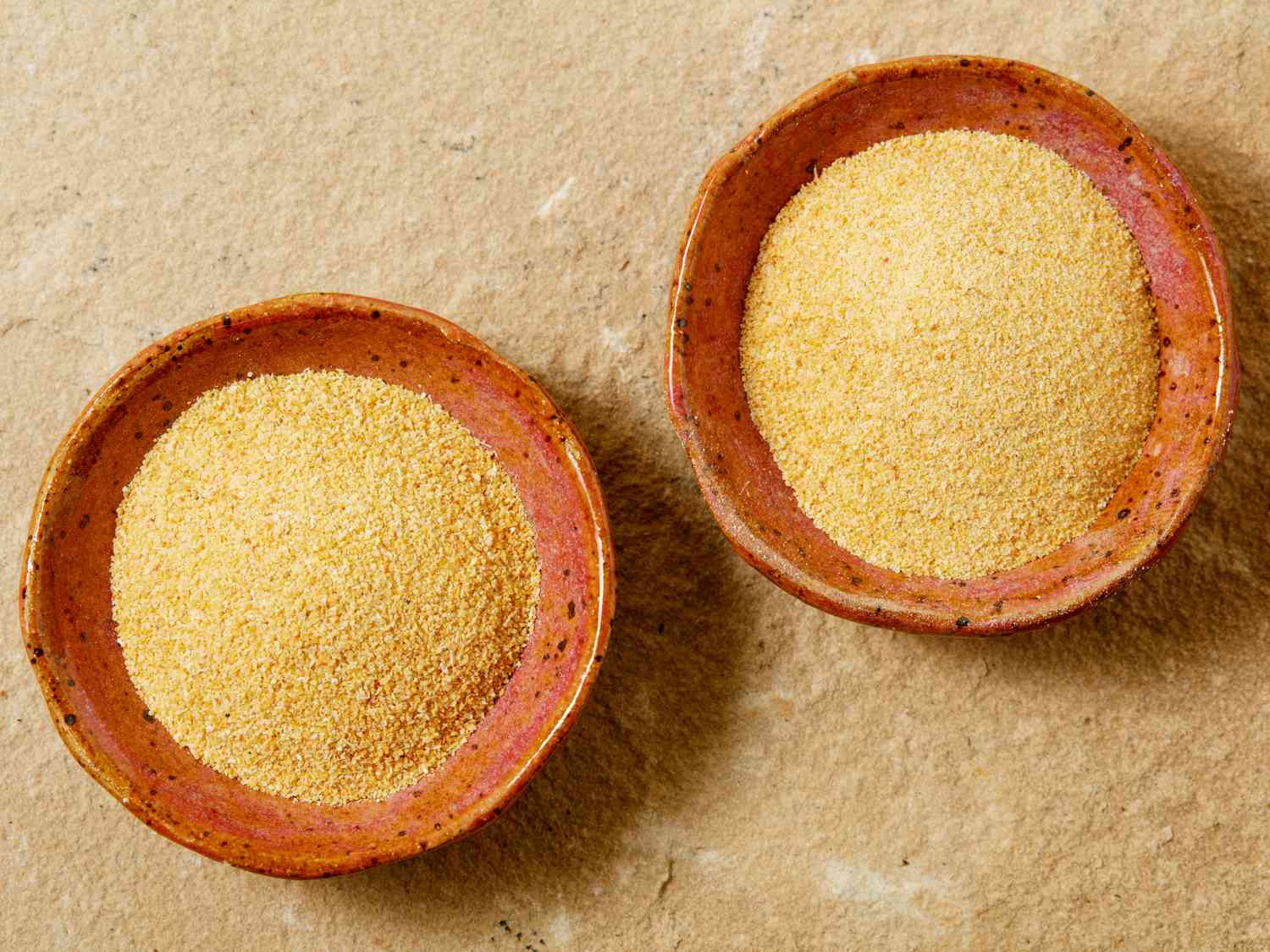Understanding Temple Meat: A Closer Look at this Unique Culinary Tradition
When it comes to exploring the diverse world of food, there are countless unique and intriguing culinary traditions to discover. One such tradition that has piqued the curiosity of many is the concept of temple meat. This practice, which has deep cultural and religious significance in certain parts of the world, offers a fascinating glimpse into the intersection of food, spirituality, and tradition.
The Origins of Temple Meat
Temple meat, also known as prasadam, holds a special place in Hindu and Buddhist traditions. In these religious contexts, temple meat refers to the food offerings that are made in temples and then distributed to devotees as a form of blessed sustenance. The preparation and distribution of temple meat are often governed by specific rituals and guidelines, and the consumption of this food is considered to be a sacred act.
What Does Temple Meat Consist Of?
Temple meat can encompass a wide variety of dishes, ranging from simple vegetarian fare to more elaborate preparations that may include dairy products and certain types of meat. In many cases, the specific ingredients and recipes used for temple meat are influenced by religious dietary restrictions and cultural practices. It’s important to note that temple meat is prepared with the intention of offering it to deities before it is distributed to the devotees, adding a layer of spiritual significance to the food.
The Significance of Temple Meat
For those who adhere to the traditions associated with temple meat, the act of consuming this blessed food is believed to bestow spiritual blessings and promote a sense of connection with the divine. The offering and consumption of temple meat are deeply intertwined with religious ceremonies and festivals, serving as a means of expressing devotion and receiving blessings from the divine entities worshipped in the temples.
Respecting Cultural Sensitivities
It’s important to approach the topic of temple meat with sensitivity and respect for the religious and cultural beliefs that underpin this tradition. For those who are not familiar with the customs and practices associated with temple meat, taking the time to learn about its significance and the rituals surrounding its preparation and consumption can foster a deeper understanding and appreciation for the diverse tapestry of human traditions.
Exploring Culinary Diversity
Temple meat offers a compelling example of the ways in which food can serve as a conduit for cultural and spiritual expression. By delving into the traditions and practices associated with temple meat, we gain insight into the rich tapestry of culinary diversity that exists around the world. This serves as a reminder of the importance of approaching unfamiliar culinary traditions with an open mind and a willingness to learn from the experiences and perspectives of others.
As we continue to explore the world of food and its myriad cultural connections, the concept of temple meat stands as a testament to the profound ways in which food can transcend the boundaries of nourishment and become a vehicle for spiritual expression and communal connection.
Whether one partakes in the consumption of temple meat as a matter of religious observance or simply seeks to understand its cultural significance, this unique culinary tradition invites us to broaden our perspectives and embrace the rich tapestry of traditions that contribute to the global mosaic of food and spirituality.
Was this page helpful?
Read Next: What Is Sopas?










